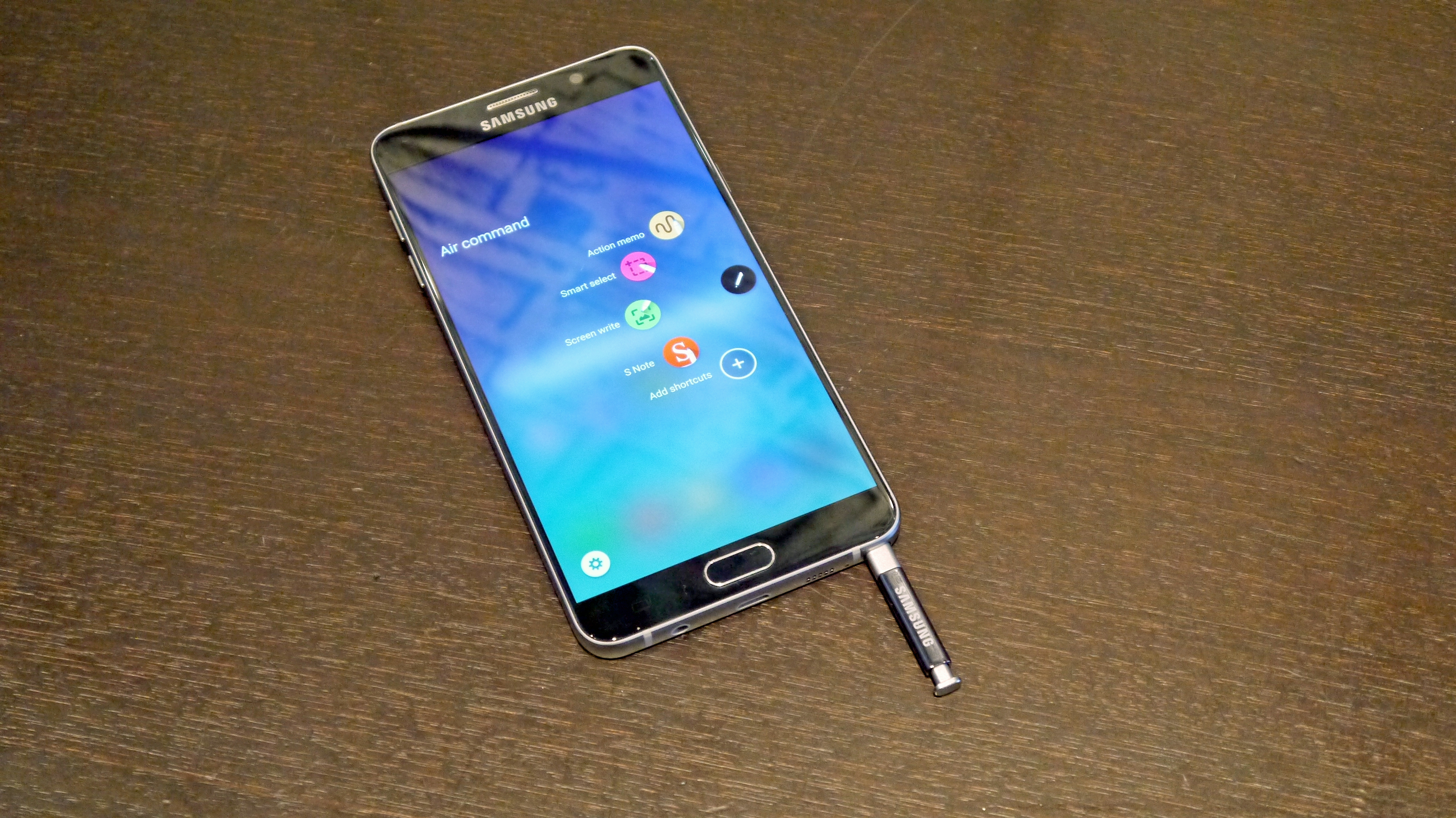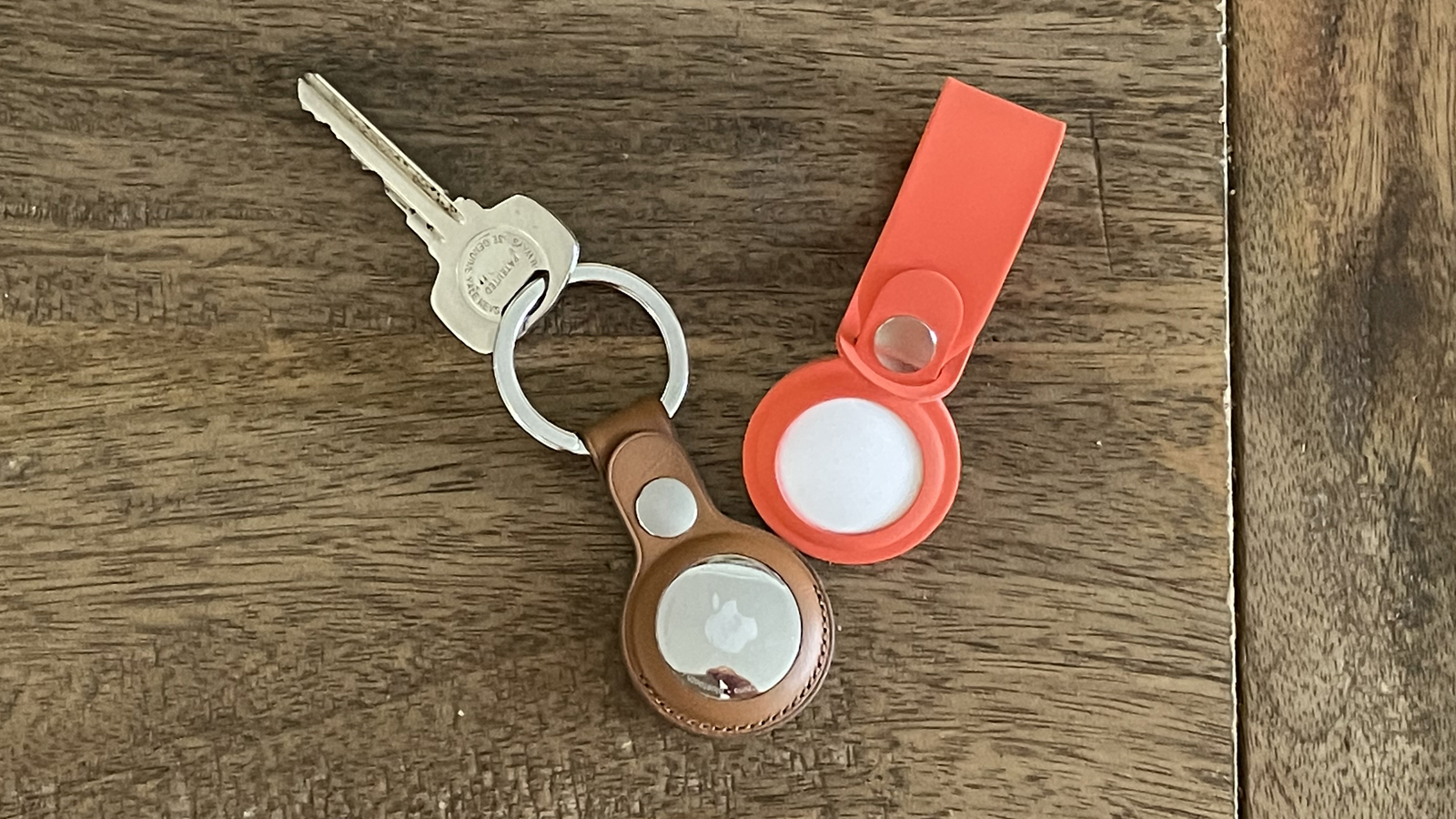9 reasons why the Apple Pencil is the worst Apple product
It could have been so much simpler

Some of us started using technology to get away from writing with pencil and paper, but for many folks the switch to digital meant losing a precious tool. Apple resisted offering a stylus on its devices for years, but when the iPad went Pro, Apple realized that some professionals need a pen.
Steve Jobs famously said in 2010 at the iPad launch that "if you see a stylus, they blew it." Looking back at seven years of the Apple Pencil, not only do we see where Apple certainly blew it, but some of these mistakes are hilariously bad. The way the first pencil charges, for instance, is among the most notorious tech design decisions ever.
In honor of the new confusion over the old Pencil – the newest iPad will only work with the last-generation stylus – here's a look at our favorite moments that made the Apple Pencil stand out, in the worst way possible.
1. The way the original Apple Pencil charges

If you tell someone how the first Apple Pencil is intended to charge, they will not believe you. You pop off the cap on the pencil, exposing a Lightning connector tip. Then you plug that tip into the Lightning port on the bottom of the iPad, leaving the Pencil sticking straight down from the bottom.
"But won't it break?" You'll be asked. Most assuredly it will, if you aren't very careful.
The magnetic connector to charge the Pencil would not come until the second generation. For the first Apple Pencil, Apple decided the best solution – the final, shippable solution – would be to leave a large, expensive piece of technology dangling from a massive screen, in such a way that both are now impossible to use.
To be fair, Apple also includes an adapter to let you plug the pencil into a Lightning cable. To be cruel, this isn't even the worst charging solution Apple has invented. It once put a Lightning port on the bottom of a mouse, so you could only charge it bottom-up.
Sign up for breaking news, reviews, opinion, top tech deals, and more.
2. The new Apple Pencil costs $129 / £119!

When a company advertises a stylus as a key feature on a new tablet, it's reasonable to assume you will get the stylus for free. Samsung has long included stylus input on its best tablets, and the S Pen is always included. Not so for Apple.
The second-generation Apple Pencil isn't just expensive, it costs as much as a cheap tablet. It costs more than twice as much as Microsoft's Surface Pen, or a replacement S Pen for Samsung's most fancy Galaxy Tab S8 Ultra.
While Apple devices are priced competitively for the market, accessories and peripherals are a different story. The story here is that the Pencil is twice as expensive as it should be.
3. You can't use any Apple Pencil with any iPad

Before you go and buy an Apple Pencil, you'll need to check its compatibility. There are some devices that only work with the original Apple Pencil. Mysteriously, the brand-new iPad (2022) is one of those – if you buy the newest iPad, you need to buy the older Pencil.
The old Pencil will work on any new iPad, but you won't have an easy way to charge it because all iPads now use USB-C for charging, instead of Lightning. Don't worry, we'll get to that in just a bit.
Samsung doesn't have this problem because it uses the same electromagnetic resonance (EMR) tech found on professional Wacom drawing tablets. The S Pen from the original Galaxy Note phone will work with the latest Galaxy Tab S8, and vice versa.
4. The old Apple Pencil still costs $99 / £99?!

When the original Apple Pencil came out in 2015, it cost $99 / £99. Today, that Pencil is still available because it's required on the new iPad (2022), but otherwise it's been replaced by the 2nd-gen model, which sells for more.
And that original Pencil still costs $99 / £99 / AU$159. It hasn't dropped in price, even though the target has completely changed, and the tech is old. The original Pencil was sold for the iPad Pro. It was aimed at buyers shopping for Apple's most expensive tablet.
Of course, the base-model iPad shot up in price this year, so maybe Apple has a different view of these buyers. Still, offering new buyers old tech at the original high price is not cool.
5. That USB-C to Apple Pencil adapter thing

If you own an original Apple Pencil and you want to buy a new Apple iPad (2022), you'll need a way to charge the Pencil. For this, Apple now sells the USB-C to Apple Pencil Adapter.
The adapter costs $9 / £9 / AU$15; in this US Apple will let you finance it for $0.75 a month for 12 months with no interest. It has a USB-C port on one side and a Lightning port on the other side.
It's too bad Apple didn't sell the adapter we deserved. We'd like an adapter with a Lightning port on one end, and a USB-C connector on the other end. That way we can plug the original Apple Pencil directly into the bottom of our brand-new Apple iPad (2022) and let it hang down the way nature intended.
6. It's proprietary, and it doesn't need to be

Professional graphic design artists have been using tablets from Wacom that use EMR technology for years. An EMR stylus can do everything that an Apple Pencil can do, including the new hover capabilities. In fact, Samsung was hovering its stylus 10 years ago on the Galaxy Note II phone.
By using its own technology, Apple gets to set the price as high as it wants. You can't go and buy a different pencil for the iPad, because the others are simple touch sticks, not precise styli. Apple created a proprietary stylus, and the benefit seems to be to Apple, not to the user.
7. There's only one licensed third-party Pencil maker

There's only one company that's allowed to make a stylus using Apple Pencil technology, and that's Logitech. Logitech doesn't make a pencil, it makes a crayon. The Logitech Crayon for iPad is much cheaper, at $69.95 / £69.99 / AU$129.95. It's also the only third-party option you can find.
The only reason we can imagine Apple locking down its Pencil tech so hard is so that it can sell more $129 / £119 Pencils. A robust, or even just a minor accessory market for devices that use Apple's own tech would kill Apple's dreams of selling exorbitantly expensive styli.
8. There's no where to stick it

When Samsung launched its first Galaxy Note tablets, the S Pen stylus slid neatly into a silo at the top of the screen. If you didn't know the tablet was a Galaxy Note, you'd never guess it was there. With an iPad, the Pencil kind of hangs off the side, clinging with hope and a bit of magnetism.
The iPad needs a place for the Pencil. Most tablets that offer stylus support have some sort of groove or channel for the pen to rest. Even that is not far enough. We want a way for the Apple Pencil, an expensive little stick, to remain securely attached.
What's worse is there's not even a silo for the Apple Pencil on Apple's ridiculously expensive keyboard cases. You can spend $249 / £279 / AU$399 on a Magic Keyboard Folio case and still have nowhere to stick your Apple Pencil.
9. Why no AirTag or device tracking?

As long as Apple is going to the trouble of creating a proprietary technology for its own Pencil, why not throw in another popular bit of Apple tech? If the Apple Pencil had the same UWB wireless tech found in the Apple AirTag, it would be much easier to find when lost.
As it stands, there's no good way to find a lost Apple Pencil. It connects via Bluetooth, so your best bet is to walk around hoping that your iPad picks up a connection. Then you'll at least know it's close enough to be within Bluetooth range. That's still not helpful.
We also asked for AirTag on the Apple TV 4K Siri Remote, and why not include an AirTag on any expensive device that you're likely to lose? We'd be much more likely to recommend an Apple Pencil if we weren't constantly losing pens. An AirTag would remove this concern, and make the Pencil a more reliable long-term buy.

Starting more than 20 years ago at eTown.com. Philip Berne has written for Engadget, The Verge, PC Mag, Digital Trends, Slashgear, TechRadar, AndroidCentral, and was Editor-in-Chief of the sadly-defunct infoSync. Phil holds an entirely useful M.A. in Cultural Theory from Carnegie Mellon University. He sang in numerous college a cappella groups.
Phil did a stint at Samsung Mobile, leading reviews for the PR team and writing crisis communications until he left in 2017. He worked at an Apple Store near Boston, MA, at the height of iPod popularity. Phil is certified in Google AI Essentials. His passion is the democratizing power of mobile technology. Before AI came along he was totally sure the next big thing would be something we wear on our faces.